Into the deep ocean - NTNU Oceans
Into the Deep Ocean
Knowledge for a more efficient and precise monitoring and exploration of the ocean space.
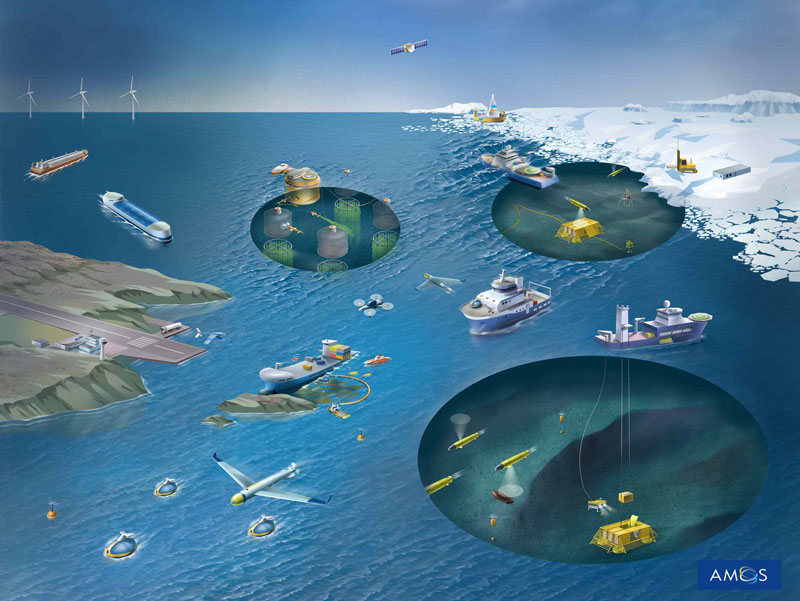 Copyright NTNU Bjarne Stenberg
Copyright NTNU Bjarne StenbergNTNU AMOS
The Centre of Excellence for Autonomous Marine Operations and Systems (2013-2022) facilitates fundamental and interdisciplinary research in marine hydrodynamics, ocean constructions and control theory. Research results will be used to develop intelligent ships and ocean structures, autonomous unmanned vehicles and robots for high-precision and safety-critical operations in extreme environments.
Knowledge areas
- Big data
- Robotics and multipurpose platforms
- Complex cooperative operations
- Environmental mapping, monitoring and biogeochemical analysis
- Autonomous systems and operations
- Subsea processing, inspection, maintenance and repair
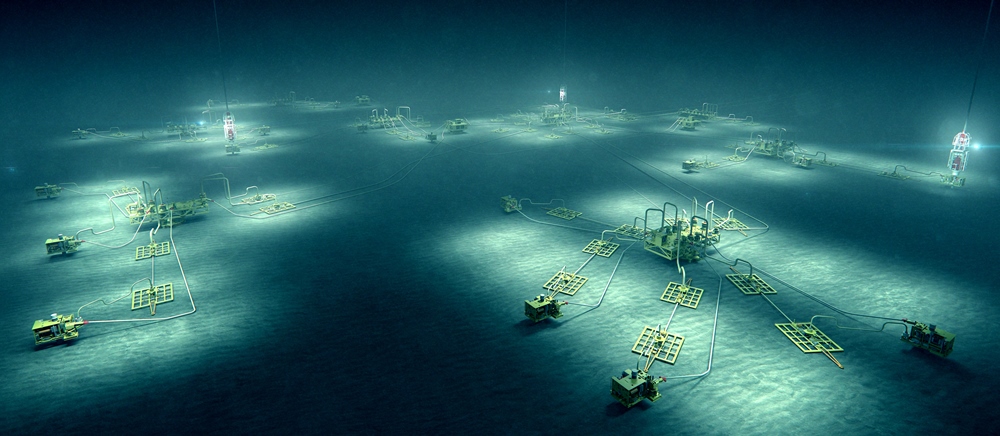 Copyright Aker Solutions
Copyright Aker SolutionsSUBPRO
SUBPRO is a Centre for Innovation-based Research (SFI) within subsea production and processing. It combines world class subsea competence and experience provided by the industry partners, with research performed by scientifically strong academic groups from the Departments of Chemical Engineering, Petroleum Engineering and Applied Geophysics, and Production and Quality Engineering at NTNU.
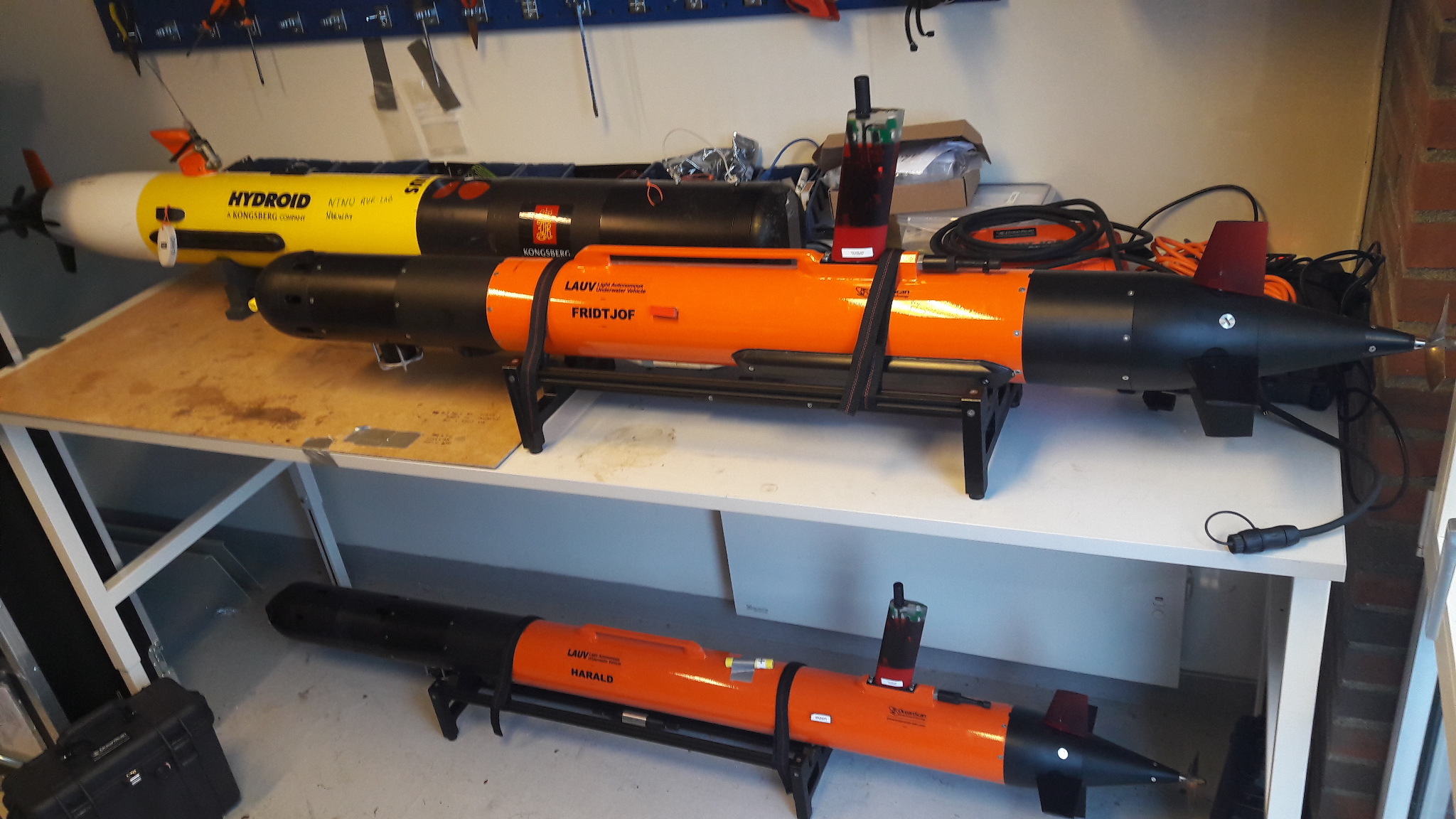 Applied Underwater Robotics Laboratory (AUR-Lab)
Applied Underwater Robotics Laboratory (AUR-Lab)
The AUR-Lab is a collection of facilities for applied underwater research at NTNU. It brings together expertise from technology developers and its users, i.e. researchers within cybernetics, regulation technology, marine biology marine archaeology, electronics and telecommunication and underwater technology.
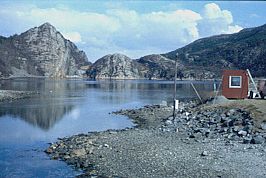 HYDRALAB+
HYDRALAB+
HYDRALAB is a unique European network in the hydraulic research community. A project aiming at structuring the access to unique research infrastructures for studying interactions between water and environmental elements, sediment, structures and ice. NTNU offers access to the Bay of Hopavågen in Mid-Norway and to specialised field instrumentation for hydrodynamic research.
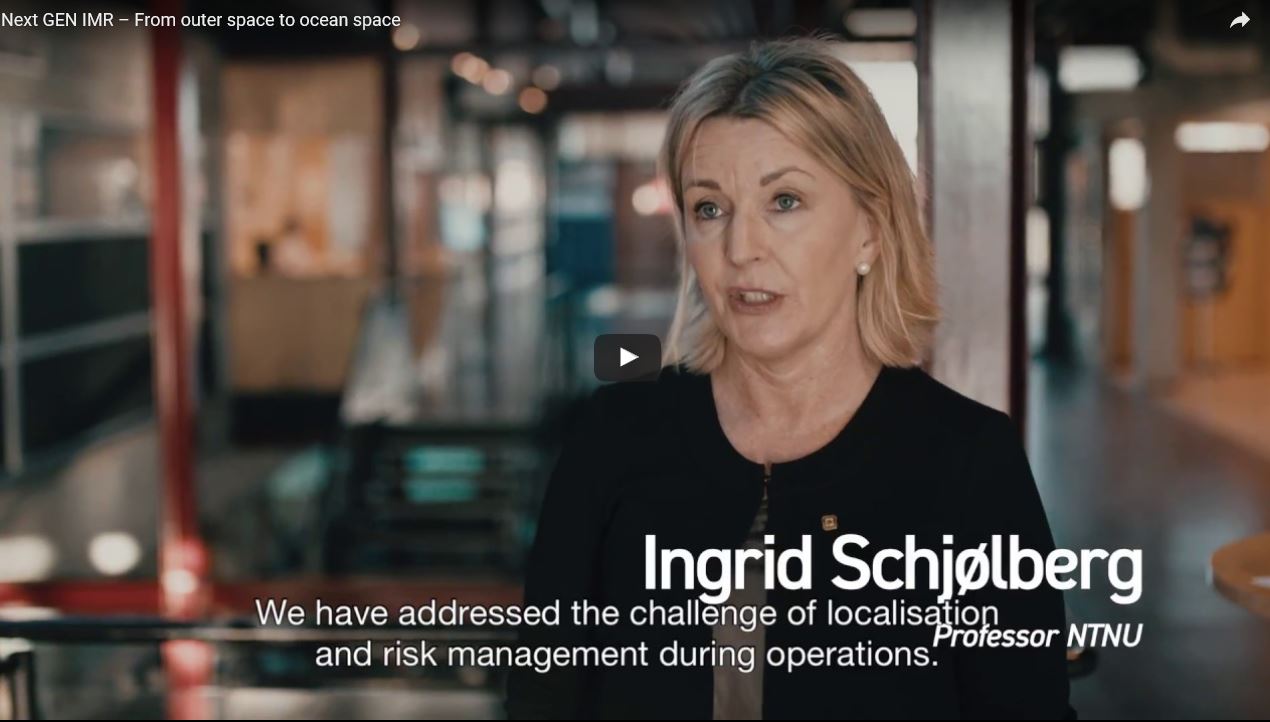 Subsea Inspection Mainteinance and Repair
Subsea Inspection Mainteinance and Repair
The project "Next Generation subsea inspection, maintenance and repair operations" developed novel integrated sensor platforms with robust perception methods and collision-free motion planning algorithms for subsea inspection and light intervention operations.
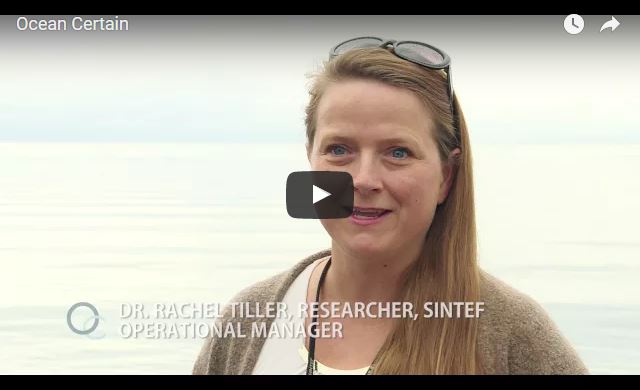 OCEAN-CERTAIN
OCEAN-CERTAIN
The H2020 project "Ocean Food-web Patrol – Climate Effects: Reducing Targeted Uncertainties with an Interactive Network" is led by NTNU. It was created to improve our understanding of the biological pump through examining and comparing the situations in different ocean areas. Results from the project will provide more comprehensive and reliable information to climate scientists and decision makers.
Brazilian-Norwegian Subsea Operations Consortium
The consortium, supported by the Norwegian Research Council, is a joint effort in establishing a world-leading institutional collaboration between strong universities and industry actors from both countries. In addition to NTNU, which is coordinating the effort, partners institutions are the University of São Paulo, the Federal University of Rio de Janeiro, the University of Campinas, Statoil, Petrobras and GCE Subsea. It is also supported by the Norwegian Centers of Research-based Innovation SFI SUBPRO and SFI MOVE. The project runs from 2016 to 2019.
Bru21
NTNU launches Research and Innovation Program in Digital and Automation Solutions for the Oil and Gas Industry. NTNU, in collaboration with industrial partners, is establishing a new Research & Innovation Program in Digital and Automation Solutions for the Oil and Gas Industry with up to 40 PhD/PostDoc positions.
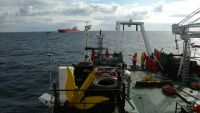 CO2MARINE
CO2MARINE
The project "Impact of potential leakage from a sub-seabed CO2 storage site on the marine environment at relevant hydrostatic pressure" is (co-)funded by Norway Grants of the Polish-Norwegian Research Program. It assesses the impact of increased CO2 levels on geochemical processes in marine sediments and sea water as well as on benthic biota. Exposure to different CO2 levels at high water pressure, thus imitating closely natural environmental conditions at the seafloor, will assess the environmental risk of potential CO2 leakage.


